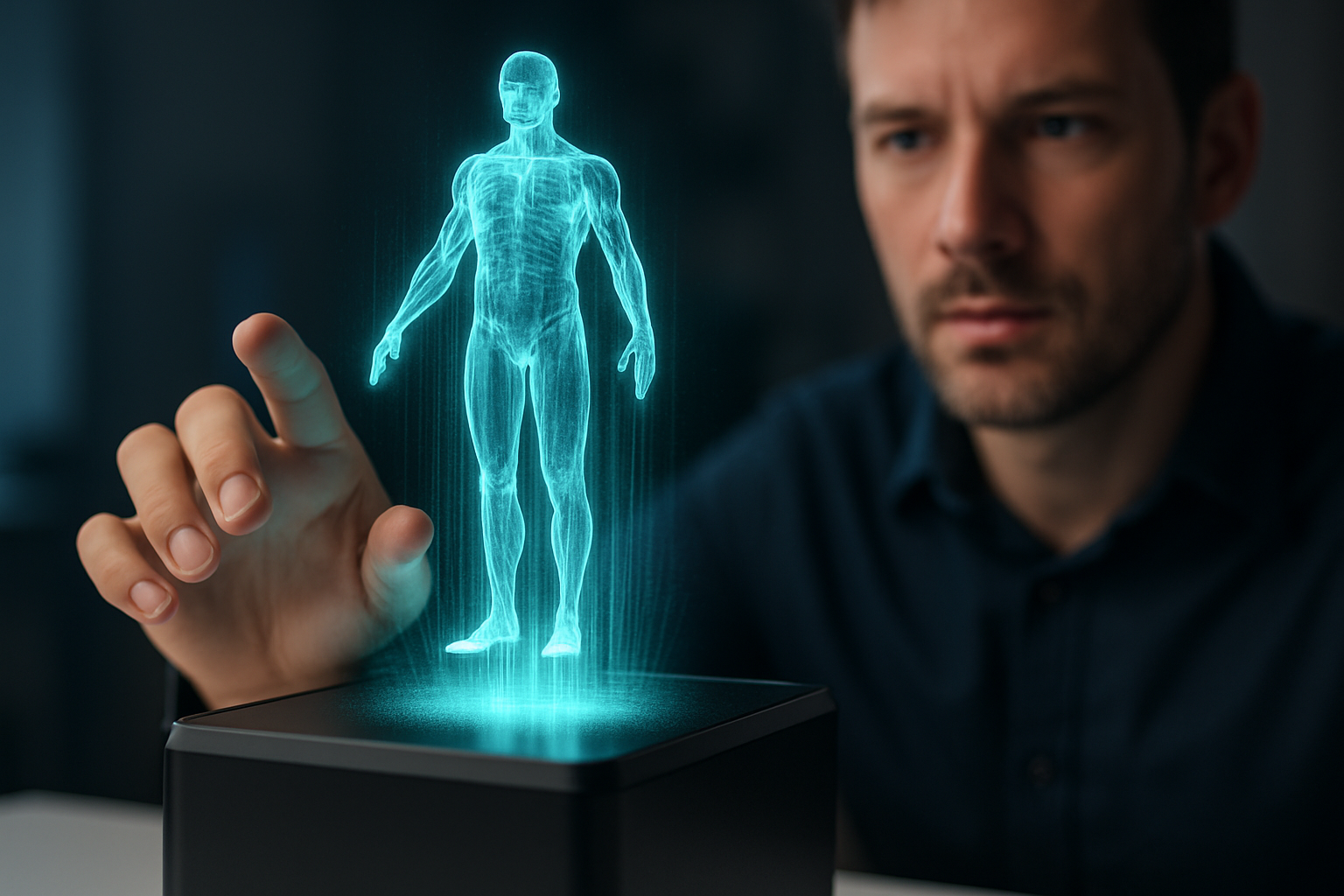Holographic Touch: The Future of Interaction
In a world where screens dominate our daily lives, a revolutionary technology is poised to redefine how we interact with digital information. Holographic touch interfaces, once confined to the realm of science fiction, are now on the brink of becoming a tangible reality. This groundbreaking technology promises to merge the physical and digital worlds, creating a seamless and intuitive user experience that could reshape everything from smartphones to industrial controls.

As miniaturization techniques improved and computing power increased, holographic touch systems became more sophisticated. By 2015, several tech giants and startups had filed patents for various implementations of the technology, signaling a growing interest in its potential applications.
How Holographic Touch Works
At its core, holographic touch technology creates the illusion of physical interaction with projected light. The system typically consists of three main components: a holographic display, a gesture recognition system, and a tactile feedback mechanism.
The holographic display projects three-dimensional images into space using advanced light manipulation techniques. These images can be static or dynamic, allowing for a wide range of visual interfaces.
Gesture recognition is achieved through an array of cameras and sensors that track the user’s hand movements with millimeter precision. Machine learning algorithms interpret these movements in real-time, translating them into commands.
The tactile feedback component is perhaps the most crucial and challenging aspect of the technology. Current solutions use focused air pressure or ultrasonic waves to create the sensation of touch without any physical contact. Some systems even incorporate temperature control to enhance the realism of the interaction.
Applications Across Industries
The potential applications for holographic touch technology are vast and varied. In the consumer electronics sector, it could lead to a new generation of devices that eliminate the need for physical screens altogether. Imagine a smartphone that projects its interface into the air, allowing you to swipe, tap, and type on seemingly invisible keys.
In healthcare, holographic touch interfaces could revolutionize surgical procedures. Surgeons could manipulate 3D images of patient anatomy in mid-air, with haptic feedback providing crucial sensory information during delicate operations.
The automotive industry is also exploring holographic touch for in-car controls. These systems could reduce driver distraction by allowing eyes-free operation of various vehicle functions through intuitive gestures and tactile feedback.
Challenges and Limitations
Despite its promise, holographic touch technology faces several hurdles before widespread adoption. One of the primary challenges is achieving consistent and precise tactile feedback in various environmental conditions. Factors like ambient temperature, humidity, and air currents can affect the performance of current systems.
Power consumption is another significant concern, particularly for mobile applications. Projecting holograms and generating tactile feedback require substantial energy, which could limit battery life in portable devices.
There are also ergonomic considerations to address. Extended use of mid-air interfaces could lead to fatigue, a phenomenon known as “gorilla arm syndrome.” Designers will need to develop interfaces that minimize physical strain during prolonged interactions.
The Road Ahead
As holographic touch technology continues to evolve, we can expect to see significant improvements in resolution, responsiveness, and tactile fidelity. Researchers are exploring new materials and techniques to enhance the realism of holographic projections and the precision of haptic feedback.
One promising avenue is the integration of neural interfaces, which could allow users to control holographic elements through thought alone. This fusion of brain-computer interfaces with holographic touch could open up entirely new possibilities for human-computer interaction.
Market Impact and Pricing
The holographic touch market is still in its infancy, with most systems currently in the prototype or early commercial stage. However, analysts project rapid growth in the coming years, with some estimates suggesting a market value of over $3 billion by 2025.
Pricing for holographic touch systems varies widely depending on the application and complexity. Industrial and medical implementations can cost upwards of $100,000, while simpler consumer-oriented devices are expected to enter the market at around $1,000 to $5,000 in the next few years.
As manufacturing processes improve and economies of scale come into play, we can expect prices to drop significantly, potentially bringing holographic touch technology within reach of the average consumer by the end of the decade.
In conclusion, holographic touch represents a paradigm shift in how we interact with digital information. While challenges remain, the technology’s potential to create more intuitive, immersive, and versatile interfaces is undeniable. As development continues, we stand on the cusp of a new era in human-computer interaction, one where the boundaries between the physical and digital worlds blur, opening up exciting possibilities for innovation across industries.





